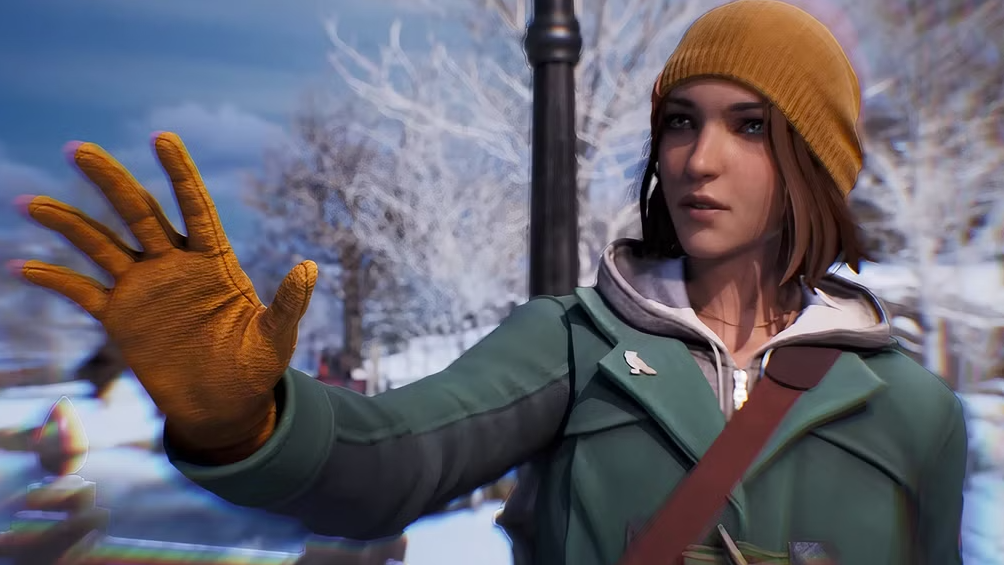Towards the end of Life is Strange: Double Exposure, protagonist Max Caulfield insists she will not accept another impossible choice “between two shitty options”. She’s referencing, of course, the original Life is Strange’s climactic dilemma, where players were forced to choose whether Max sacrificed her hometown or her closest ally. It’s a moment that has reverberated through every Life is Strange game since, and has come to define a series centred around young adult drama and living with the consequences of your actions. Max’s declaration she won’t pick again between two similar no-win scenarios is meant to feel triumphant: she has experienced that trauma once, and is now older, bolder and wiser, so will instead fight to forge a third path. It makes for a heroic scene, and raises expectations for the game’s ultimately rather maddening climax. But it simultaneously also glosses over the reality of that original, heartbreaking decision: that its impossible nature was the point.
Life is Strange: Double ExposureDeveloper: Deck NinePublisher: Square EnixPlatform: Played on Xbox Series XAvailability: Out 29th October on PC (Steam), PS5, Xbox Series X/S. Switch TBA.
Regardless of the option picked, Life is Strange forced players to reflect on the connections they had forged with its cast of characters – most notably, the charismatic fan-favourite Chloe, with whom Max could begin a relationship – to find a personal resolution that balanced emotion and cold logic. The result? An ending that cemented that game in memory, sparked years of fan discussions and debate, and reflected one of the hardest lessons of adolescence: that sometimes there is no correct way forward.
Fast forward almost a full decade, and Life is Strange: Double Exposure picks up the story of Max Caulfield with a similar desire by the game’s developer Deck Nine to forge a fresh path, effectively appealing to the nostalgia of loyal and long-term fans by returning to the franchise’s beloved original hero, but playing down the effects of that original choice in order to do so. Double Exposure does its best to unite the original game’s two endings (whichever you choose, Chloe is referenced but never physically present) in order to tell a fresh story, juggling the question of what Max did next with the need to propel the entire Life is Strange franchise forward to some surprising and refreshing new ground.
To see this content please enable targeting cookies.
Step up Safi, Max’s new best friend and teaching colleague at Caledon University, whose presence lifts every scene she’s in. Double Exposure’s opening episode gives Safi just enough screen time to cement her burgeoning bond with Max (purely platonic, this time around) before her murder properly kickstarts Life is Strange’s familiar blend of mystery and investigative gameplay via magic powers. Safi’s subsequent absence is keenly felt – a testament to the character’s introduction – while Max’s discovery she can travel to a parallel world in which Safi is still alive – for now, at least – only pushes the game’s stakes higher. Max must seemingly now investigate Safi’s murder in one timeline, while actively trying to prevent it happening in another. Much of Safi’s story is too wrapped in spoilers for discussion here, but suffice to say her characterisation – a fierce and fearless mix of Marvel’s Agatha Harkness and Faith from Buffy – and her performance by newcomer Olivia AbiAssi is genuinely a joy to witness. (A shout out here to Deck Nine’s excellent character animation, which stands up alongside PlayStation and Xbox first-party blockbusters.) After finishing Double Exposure, I’ve gone back simply to rewatch some of the key scenes between Safi and Max (once again played effortlessly by the returning Hannah Telle) which are, by some measure, the game’s highlights.
